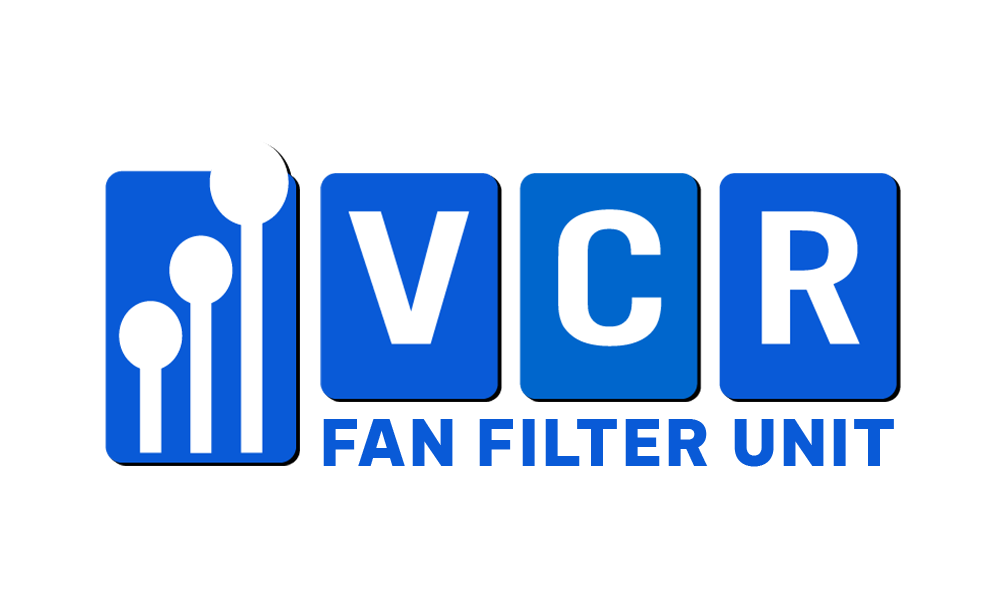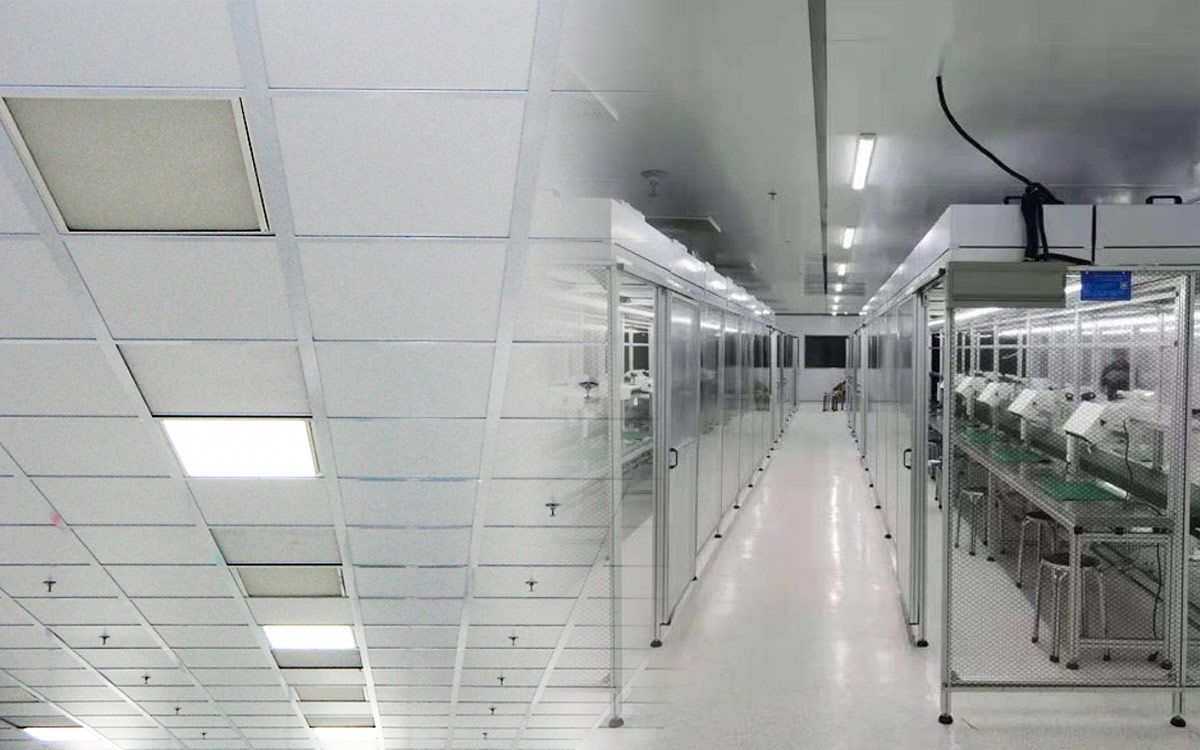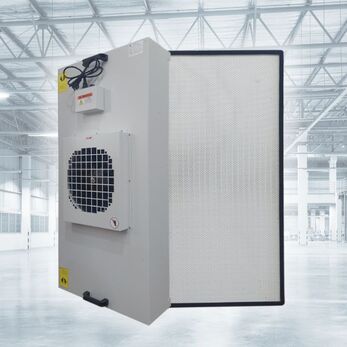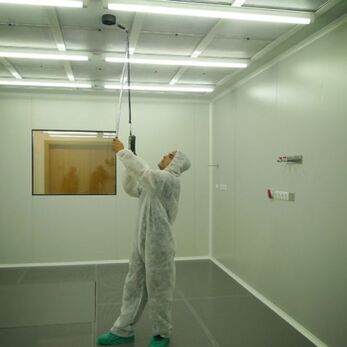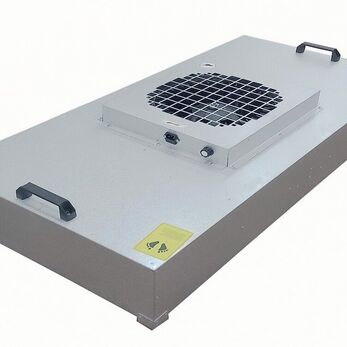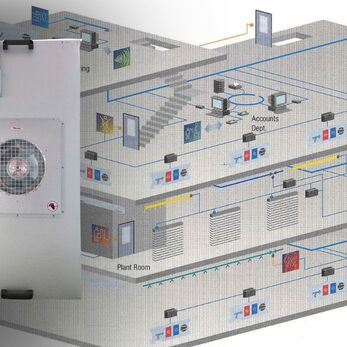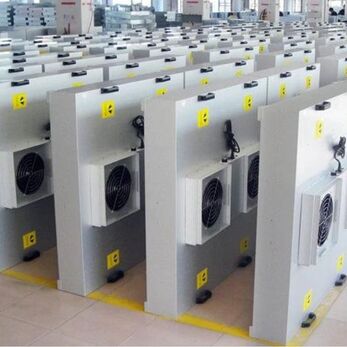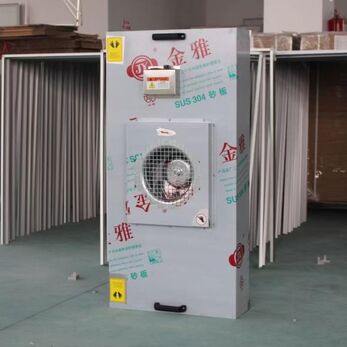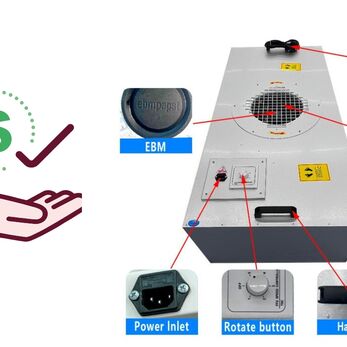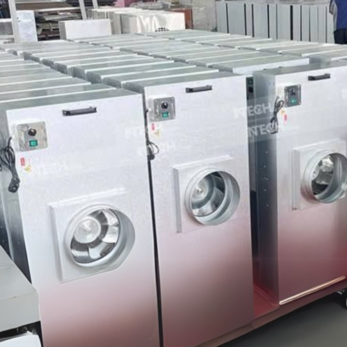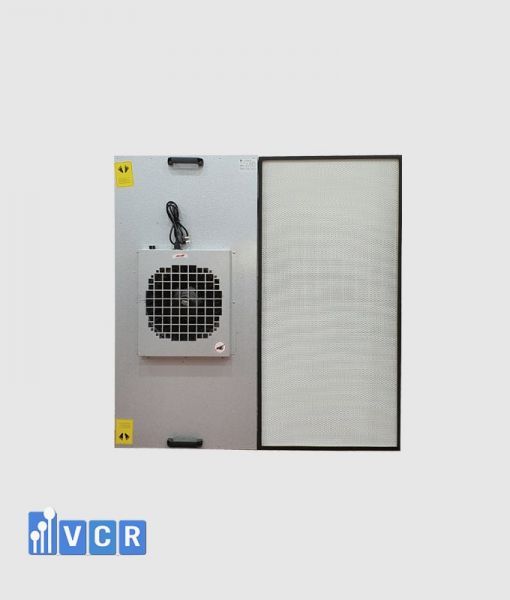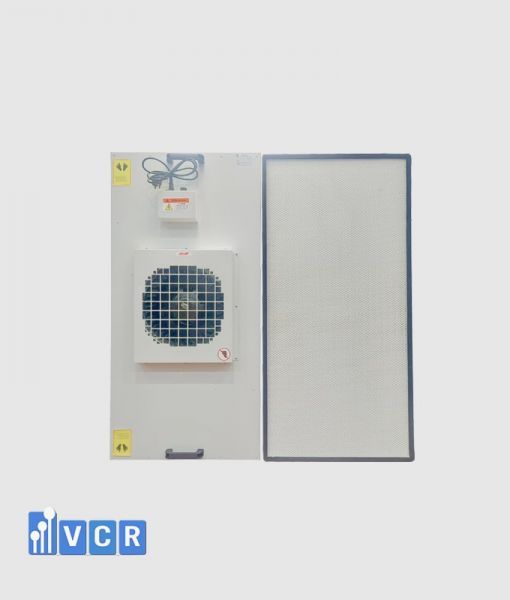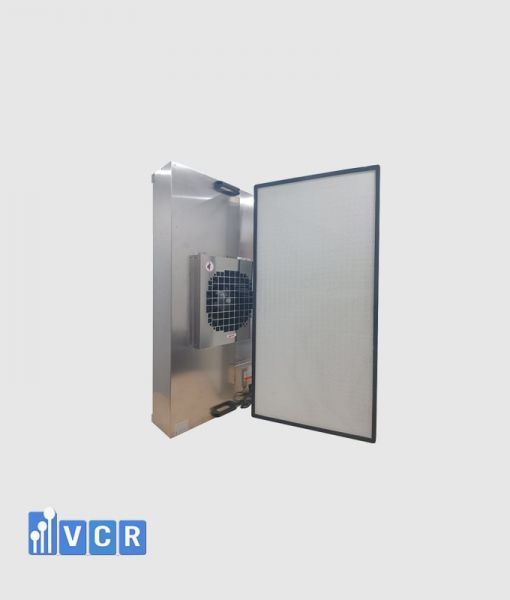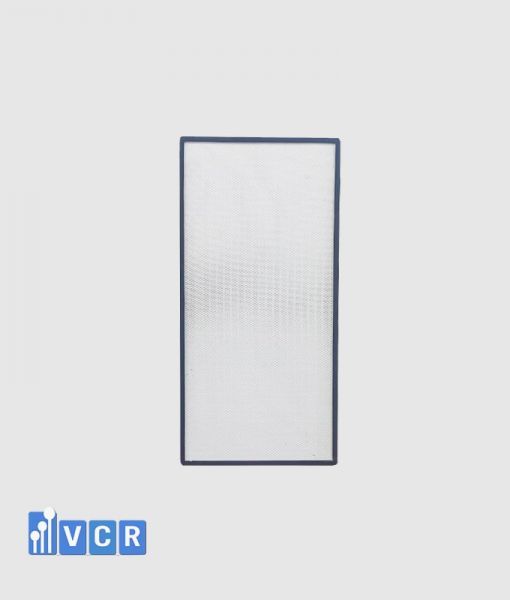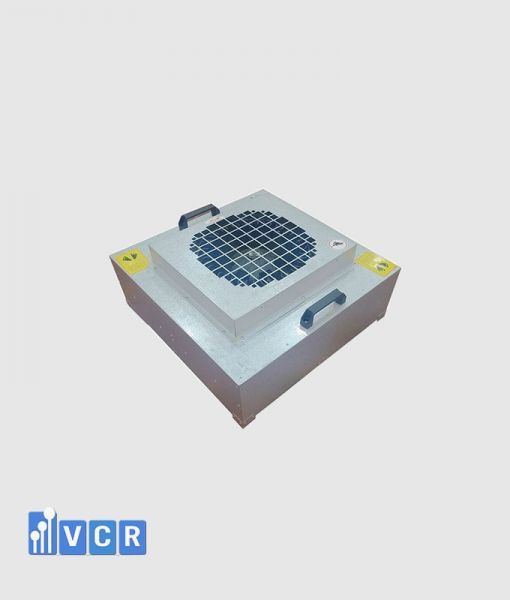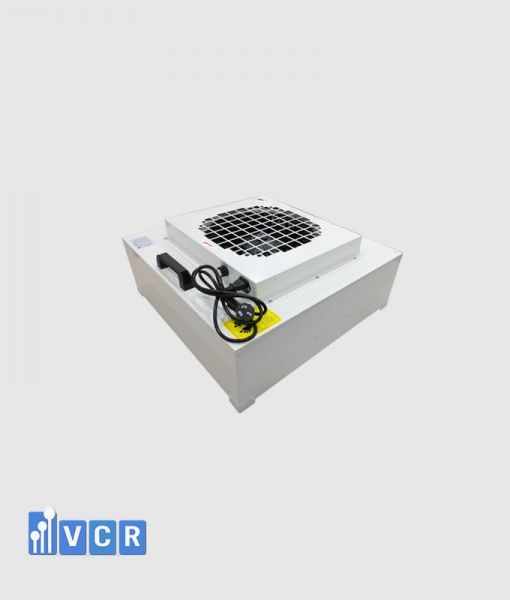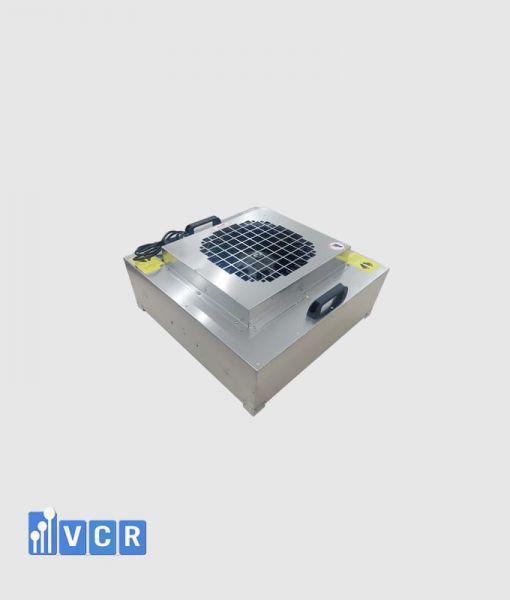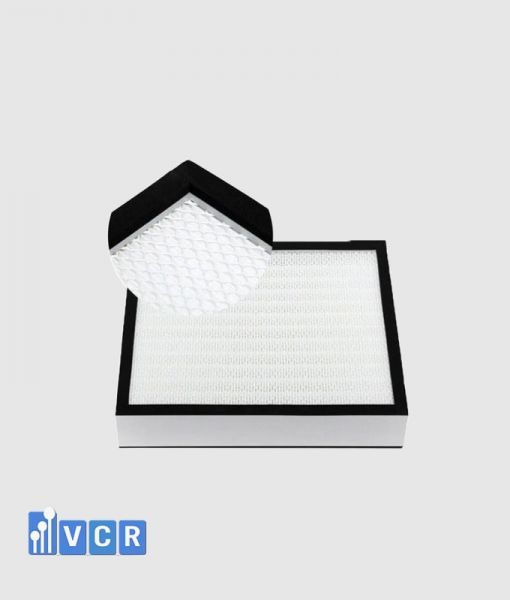Maintaining pristine air quality within cleanrooms hinges on meticulous control of air velocity and air change rates (ACH). While fan filter units (FFUs) offer a compelling solution, determining the appropriate number for optimal performance can be a daunting task.
This revised article delves deeper into the crucial factors and calculations involved, empowering you to make informed decisions for your cleanroom environment.
Understanding Air Change Rate (ACH) in Cleanroom
ACH denotes the frequency (times per hour) that entire indoor air gets replaced with fresh, filtered air. This value plays a pivotal role in achieving and maintaining the cleanliness standards set by regulatory bodies like ISO and Federal agencies. While residential spaces typically experience ACH values between 0.5 and 2, cleanrooms demand significantly higher values, ranging from 10 to a staggering 600 ACH depending on their classification and function.

See more: Laminar Airflow Cleanroom Control in FFUs
The Formula for FFU Calculation
Calculating the ideal number of FFUs for your cleanroom requires two key pieces of information:
1. Cleanroom Dimensions: Measure the length, width, and height of your cleanroom to determine its volume in cubic meters (m³).
2. Cleanroom Class and ACH Requirement: Consult the relevant ISO or Federal standards to ascertain the recommended ACH range for your desired cleanroom class.
Once you have these values, utilize the following formula to determine the number of FFUs:
Number of FFUs = ACH x Cleanroom Volume / FFU Exhaust Air Volume
Example:
Imagine you're designing a cleanroom conforming to ISO 7 standards and opting for the lower-end ACH recommendation of 60 per hour. Your cleanroom has dimensions of 3 meters (length) x 12 meters (width) x 10 meters (height), resulting in a volume of 360 m³. Additionally, you choose FFUs with an exhaust air volume of 1080 m³/h. Applying the formula:
Number of FFUs = 60 ACH * 360 m³ / 1080 m³/h = 20 FFUs
Following this calculation, you would require 20 FFUs to achieve the desired ACH within your cleanroom. However, if you were to opt for the higher-end ACH recommendation of 480 per hour, the calculation would yield:
Number of FFUs ≈ 60 ACH * 360 m³ / 1080 m³/h ≈ 30 FFUs (rounded up)

See more: Selection Fan Filter Unit for Cleanroom
Beyond the Numbers: Additional Considerations
Remember, the FFU calculation formula serves as a starting point. Several other factors come into play for optimal airflow distribution and performance:
- Room Layout and Obstacles: Consider obstructions like equipment or workstations that might impede airflow patterns.
- FFU Placement and Spacing: Strategically position FFUs to ensure uniform air coverage throughout the cleanroom.
- Air Velocity Requirements: Maintain the appropriate air velocity within the recommended range (typically 0.3-0.5 m/s) to balance particle removal and energy efficiency.
- Energy Efficiency: Evaluate the energy consumption of different FFU models and factor it into your decision-making process.
See more: Price Ranges for Fan Filter Units
Consulting Cleanroom Experts
While the provided formula empowers you with a basic understanding of FFU calculation, seeking guidance from experienced cleanroom design professionals is highly recommended. Their expertise can ensure a comprehensive evaluation of your specific requirements, leading to an optimized FFU selection that guarantees both exceptional air quality and cost-effectiveness for your cleanroom environment.
Precise control of air velocity and ACH within your cleanroom is crucial for safeguarding sensitive processes and products. By thoroughly understanding the factors influencing FFU selection and consulting cleanroom professionals, you can create a controlled and efficient environment that meets your unique needs and adheres to relevant standards.


